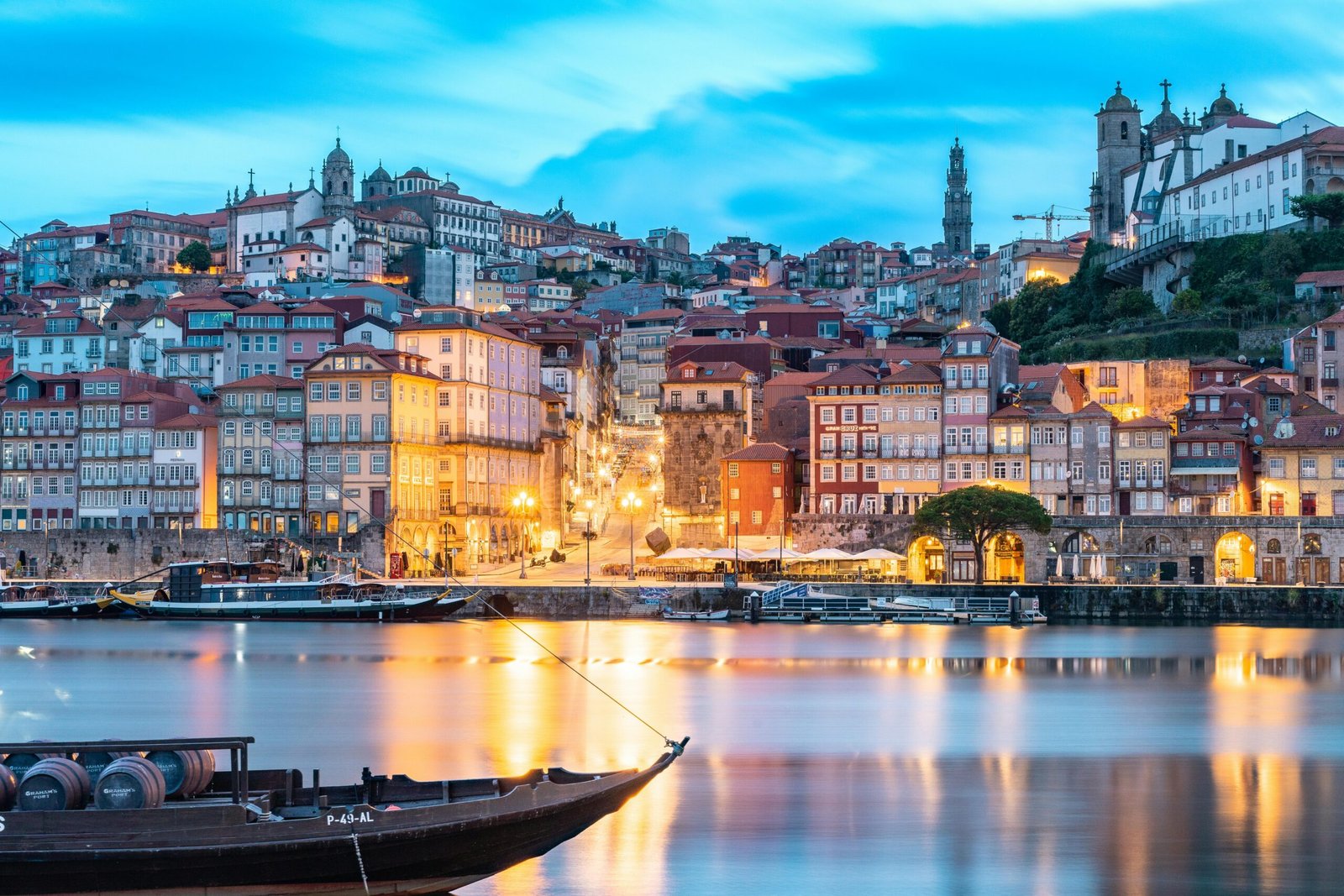Have you ever dreamed of exploring Portugal’s charming cities, sun-kissed beaches, and rolling vineyards, but felt overwhelmed by the planning process? Small group tours in Portugal might just be the perfect solution you’ve been searching for!
Imagine strolling through Lisbon’s cobblestone streets, sipping port wine in Porto, or marveling at the Algarve’s stunning coastline – all while enjoying the intimacy and flexibility of a small group setting. With expert guides leading the way and like-minded travelers by your side, you’ll uncover hidden gems and create unforgettable memories without the stress of organizing every detail yourself.
In this blog post, I’ll dive into the world of small group tours in Portugal, exploring their benefits, top destinations, and various tour types available. I’ll also guide you through choosing the right tour, preparing for your adventure, and making the most of this unique travel experience. So, pack your bags and get ready to discover Portugal like never before!
Benefits of Small Group Tours in Portugal
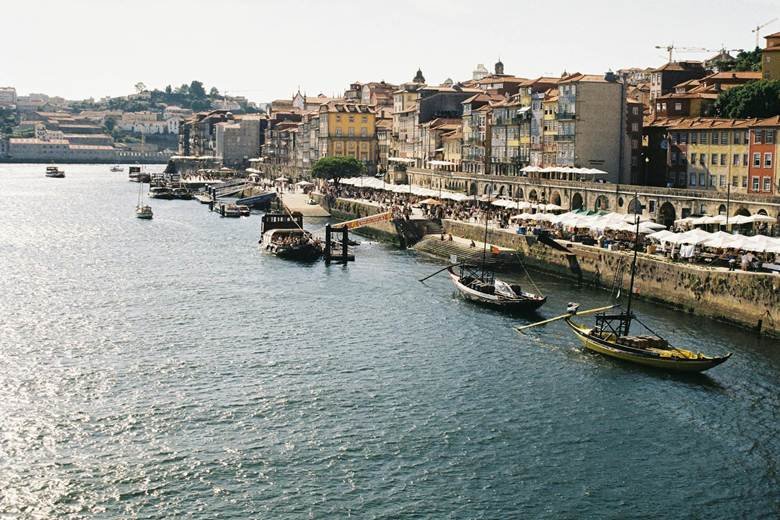
A. Personalized experiences
Small group tours in Portugal offer a level of personalization that’s hard to match with larger tours. With fewer participants, guides can tailor experiences to individual interests and preferences. For example:
● Custom food tastings based on dietary requirements
● Flexible photo stops for photography enthusiasts
● Extended time at specific historical sites for history buffs
B. Access to hidden gems
One of the most significant advantages of small group tours is the ability to explore off-the-beaten-path locations. These hidden gems often include:
| Hidden Gem | Description |
| Secret beaches | Secluded coastal spots known only to locals |
| Family-run wineries | Intimate tastings at small-scale vineyards |
| Traditional workshops | Artisan demonstrations in quaint villages |
C. Intimate cultural immersion
Small groups allow for deeper cultural connections. Participants can:
● Engage in meaningful conversations with local artisans
● Join in traditional festivities without overwhelming the community
● Learn authentic cooking techniques in small, hands-on classes
D. Flexibility in itinerary
With fewer people to coordinate, small group tours can adapt more easily to:
● Unexpected local events or festivals
● Weather changes affecting outdoor activities
● Group consensus on extending time at popular attractions
This flexibility ensures that each tour can make the most of every opportunity, creating unique and memorable experiences tailored to the group’s dynamics and interests.
Top Destinations for Small Group Tours Portugal
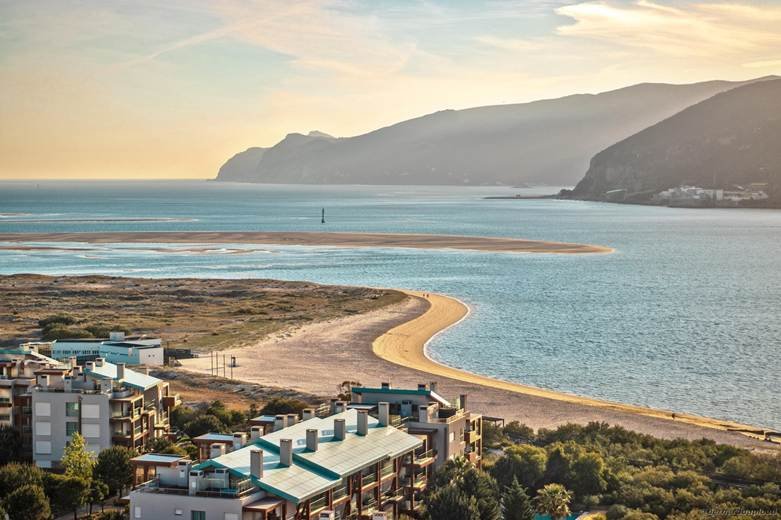
A. Lisbon’s historic neighborhoods
Lisbon, Portugal’s captivating capital, offers a treasure trove of historic neighborhoods perfect for small group exploration. The charming district of Alfama, with its narrow cobblestone streets and traditional Fado houses, provides an authentic glimpse into Lisbon’s past. Nearby, the elegant Baixa area showcases stunning 18th-century architecture and bustling squares.
| Neighborhood | Key Attractions | Best For |
| Alfama | São Jorge Castle, Lisbon Cathedral | History enthusiasts |
| Baixa | Rua Augusta Arch, Commerce Square | Architecture lovers |
| Bairro Alto | São Roque Church, viewpoints | Nightlife and dining |
B. Porto’s wine cellars
Porto, famous for its port wine, boasts numerous historic cellars along the Douro River. Small group tours offer intimate tastings and insights into the wine-making process. Don’t miss the opportunity to visit:
● Taylor’s Port: One of the oldest port wine houses
● Cálem: Known for its interactive museum
● Graham’s: Offers panoramic views of Porto
C. Algarve’s pristine beaches
The Algarve region is renowned for its stunning coastline and golden sand beaches. Small group tours allow for a more personalized experience of these natural wonders:
- Praia da Marinha: Famous for its limestone cliffs
- Benagil Cave: A sea cave with a natural skylight
- Praia da Falésia: Six kilometers of dramatic red cliffs
D. Douro Valley’s scenic landscapes
The Douro Valley, a UNESCO World Heritage site, offers breathtaking views of terraced vineyards and the winding Douro River. Small group tours here typically include:
● Wine tasting at local quintas (estates)
● River cruises for panoramic views
● Visits to charming villages like Pinhão
E. Sintra’s fairytale palaces
Sintra, a picturesque town near Lisbon, is known for its romantic 19th-century architecture and lush forests. Small group tours can provide in-depth explorations of:
- Pena Palace: A colorful hilltop castle
- Quinta da Regaleira: Gothic mansion with mystical gardens
- Castle of the Moors: Medieval fortress with sweeping views
These diverse destinations showcase Portugal’s rich history, culture, and natural beauty, making them ideal for intimate small group tours.
Types of Small Group Tours Available
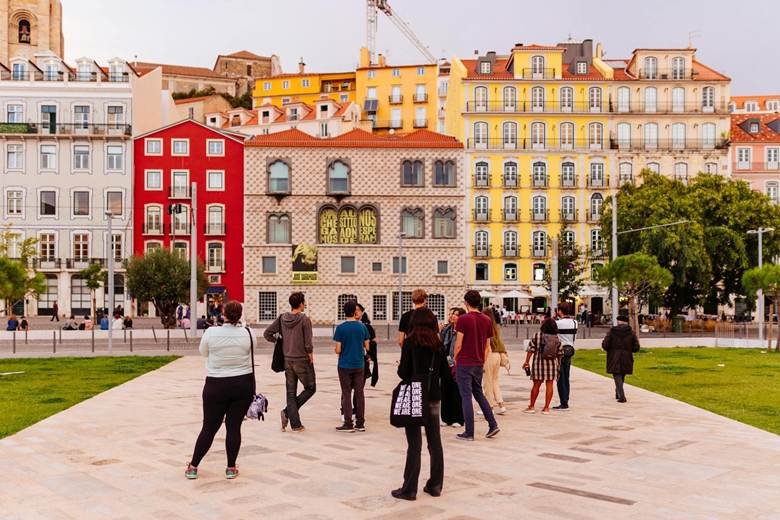
Portugal offers something for every traveler. Small group tours let you dive deep into what excites you most. Whether you’re a foodie, history buff, adrenaline junkie, or shutterbug, there’s a perfect tour waiting.
Food and Wine Tours
Portugal is a feast for the senses. Small group food tours take you beyond touristy spots to authentic eateries, family-run taverns, and hidden vineyards. You’ll taste pastéis de nata fresh from Lisbon’s bakeries, savor Porto’s famous port wine straight from the cellar, and learn how to cook Alentejo’s rustic dishes from local chefs.
Why choose this?
- Skip the generic restaurant menus—eat where the locals do.
- Get insider access to wineries that don’t offer mass tastings.
- Learn the stories behind Portugal’s culinary traditions.
Pro tip: Bring stretchy pants—Portuguese portions are generous!
Historical and Cultural Tours
Portugal’s past is filled with explorers, castles, and Moorish influences. Small group tours mean you won’t miss the details. Walk through Lisbon’s Alfama district with a guide who knows every hidden tilework story. Explore medieval Óbidos without elbowing through crowds. Stand inside Porto’s Livraria Lello (the bookstore that inspired Harry Potter) before the masses arrive.
Why it works:
- Guides share lesser-known tales, not just textbook facts.
- Small groups can enter places big buses can’t.
- Time to ask questions and linger at sites you love.
Fun fact: I once joined a tour where our guide revealed secret symbols in Coimbra’s university—stuff you’d never notice alone.
Adventure and Outdoor Tours
If sitting on a bus sounds dull, Portugal’s wild side delivers. Hike the volcanic trails of the Azores. Kayak through the Algarve’s sea caves at golden hour. Bike down Douro Valley’s vineyard-covered hills with the wind in your hair. Small groups mean safer, more personalized thrills.
Why go active?
- Guides adjust routes based on the group’s fitness level.
- Access remote trails and beaches most tourists never see.
- Try unique activities like stand-up paddleboarding under Lisbon’s bridges.
My take: The best sunset I’ve ever seen was from a kayak near Lagos—no big tour boats blocking the view.
Photography Tours
Portugal is a visual masterpiece. Photography tours help you capture it like a pro. Small groups mean your guide can give one-on-one tips on framing Lisbon’s trams or shooting Porto’s reflections in the Douro. You’ll visit photogenic spots at the right light—think empty streets at dawn or golden-hour cliffs in the Algarve.
Why photographers love these:
- No rushing—time to set up the perfect shot.
- Local guides know hidden angles (like that spot where Sintra’s palaces look magical in fog).
- Learn to edit photos using Portugal’s vibrant colors as your palette.
Bonus: Some tours include visits to local photographers’ studios for inspiration.
Quick Comparison Table
| Tour Type | Best For | Ideal Group Size |
| Food & Wine | Tastings, hands-on cooking | 6-10 people |
| History/Culture | Deep dives into art & architecture | 8-12 people |
| Adventure | Hiking, kayaking, biking | 6-8 people |
| Photography | Scenic shots, skill-building | 4-6 people |
Final thought: Ever tried a fado music tour? Some small groups include private concerts—raw, emotional, and way better than a crowded dinner show.
Choosing the Right Small Group Tour

Picking the perfect tour isn’t just about the destination—it’s about how you want to experience it. A few key factors can make or break your trip. Let’s break them down so you don’t end up stuck on a hike when you’d rather be sipping wine.
Group Size Considerations
Small is relative. Some companies call 20 people a “small group,” while others cap at 6. Here’s what to think about:
- 6-8 people: Feels like traveling with friends. Easy to bond, flexible for spontaneous stops.
- 10-12 people: More social, but expect slightly less personal attention from guides.
- 15+ people: Not really “small”—you’ll wait longer at attractions and eat at bigger restaurants.
My rule of thumb: If the tour van fits everyone without a middle seat, you’re golden.
Tour Duration Options
Portugal’s tours range from quick bites to deep dives:
- Half-day (3-5 hours): Great for food tours or city highlights.
- Full-day (8-10 hours): Covers regions like Sintra or Douro Valley.
- Multi-day (3-7 days): Best for immersive routes (e.g., Porto to Algarve).
Watch out: Some “7-day tours” spend half the time on buses. Read the itinerary closely.
Activity Level Assessment
Tour descriptions often sugarcoat physical demands. Here’s the real deal:
- Leisurely: Mostly walking on flat ground (Lisbon’s streets, wine tastings).
- Moderate: Hills, stairs, or short hikes (Porto’s riverfront, Sintra’s palaces).
- Strenuous: Steep trails or long distances (Azores volcano hikes).
True story: I once joined a “light walking” tour that climbed 200 steps in Alfama. My calves still remember.
Accommodation Preferences
Small group tours offer wildly different sleeps:
- Boutique hotels: Common in cities (think Lisbon’s chic pousadas).
- Rural guesthouses: Douro Valley’s vineyard quintas offer charm but fewer amenities.
- Hostels: Some budget tours use shared dorms—check if you’ll get a private room.
Pro tip: Ask if single supplements apply. Solo travelers often pay extra for their own room.
Quick Checklist Before Booking
✔️ Read reviews mentioning group dynamics
✔️ Confirm free time is built in—you don’t want a nonstop marathon.
✔️ Check if meals are included or if you’ll hunt for your own lunch.
Final thought: Ever been on a tour where the group just clicked? That’s the magic of nailing these choices.
Preparing for Your Small Group Tour
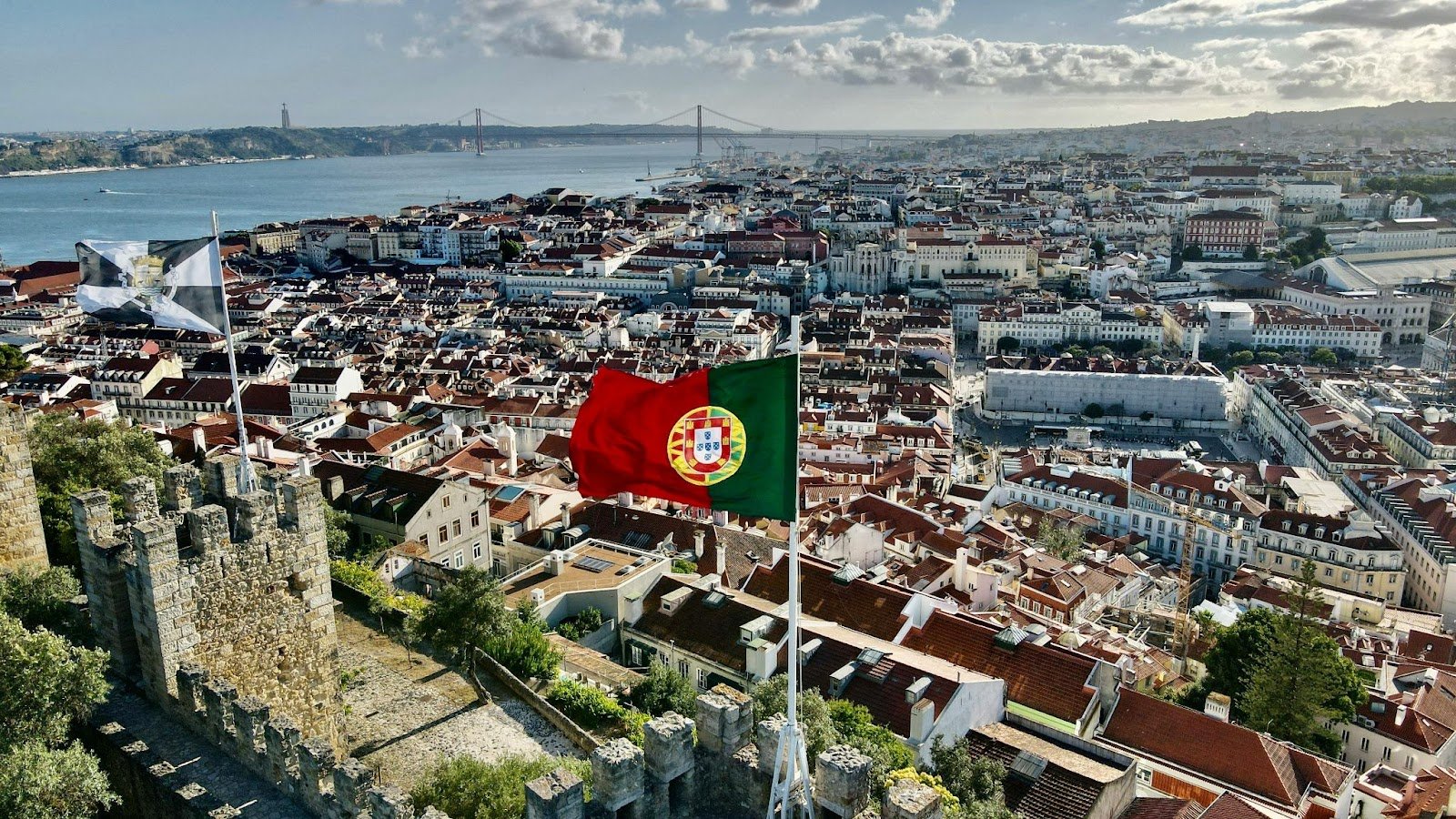
You’ve picked your perfect tour—now let’s get you ready to hit the ground running (or strolling, depending on that activity level you chose). Here’s how to prep like a pro without overpacking or committing cultural faux pas.
Packing Essentials
Portugal’s “sunny all the time” reputation is a lie. Pack for:
- Layers: Coastal mornings are chilly, afternoons scorching
- Sturdy shoes: Cobblestones are ankle-breakers (ask me about my 2024 Lisbon tumble)
- European plug adapter: Those round pins aren’t suggestions
- Small daypack: For water, sunscreen, and stolen pastéis de nata
Pro tip: Leave the bulky guidebook at home. Your small group guide will have better stories anyway.
What Not to Pack
✖️ Beach towels (most hotels provide them)
✖️ Formal wear (Portugal is refreshingly casual)
✖️ More than two pairs of shoes (you’ll regret it)
Language Basics
Portuguese isn’t Spanish, and locals appreciate when you try. Master these:
- Olá (oh-LA) = Hello
- Obrigado/a (oh-bree-GAH-doo/dah) = Thank you (male/female)
- Um copo de vinho, por favor (oom KOH-poo djh VEE-nyoo) = A glass of wine, please
Fun fact: Nodding “yes” in Portugal sometimes looks like a slight head tilt—don’t mistake it for hesitation.
Cultural Etiquette Tips
Portuguese culture runs on unspoken rules:
- Dinner time is sacred: Restaurants don’t get lively until 8PM
- Tipping: Round up at cafes (€0.50-€1), 5-10% at restaurants
- Personal space: Greetings often involve cheek kisses (right side first)
Watch out: Never call Portuguese “Spanish”—that’s like confusing Canadians with Americans.
Health & Safety Precautions
Portugal is safe, but smart habits help:
- Water: Tap water is drinkable everywhere (but Porto’s tastes oddly sweet)
- Pharmacies: Marked by green crosses—they handle minor issues without prescriptions
- Emergency number: 112 (works for everything from lost passports to stolen bifanas)
Local insight: Pickpockets love Tram 28 in Lisbon. Wear your backpack in front like the savvy traveler you are.
Last-Minute Checklist
☑️ Photocopy your passport (or snap a phone pic)
☑️ Notify your bank about travel plans
☑️ Download offline maps (cell service dies in historic districts)
Final thought: The best travel stories start with “Remember that time I forgot to pack…?” Don’t let that be your story.
Making the Most of Your Small Group Experience
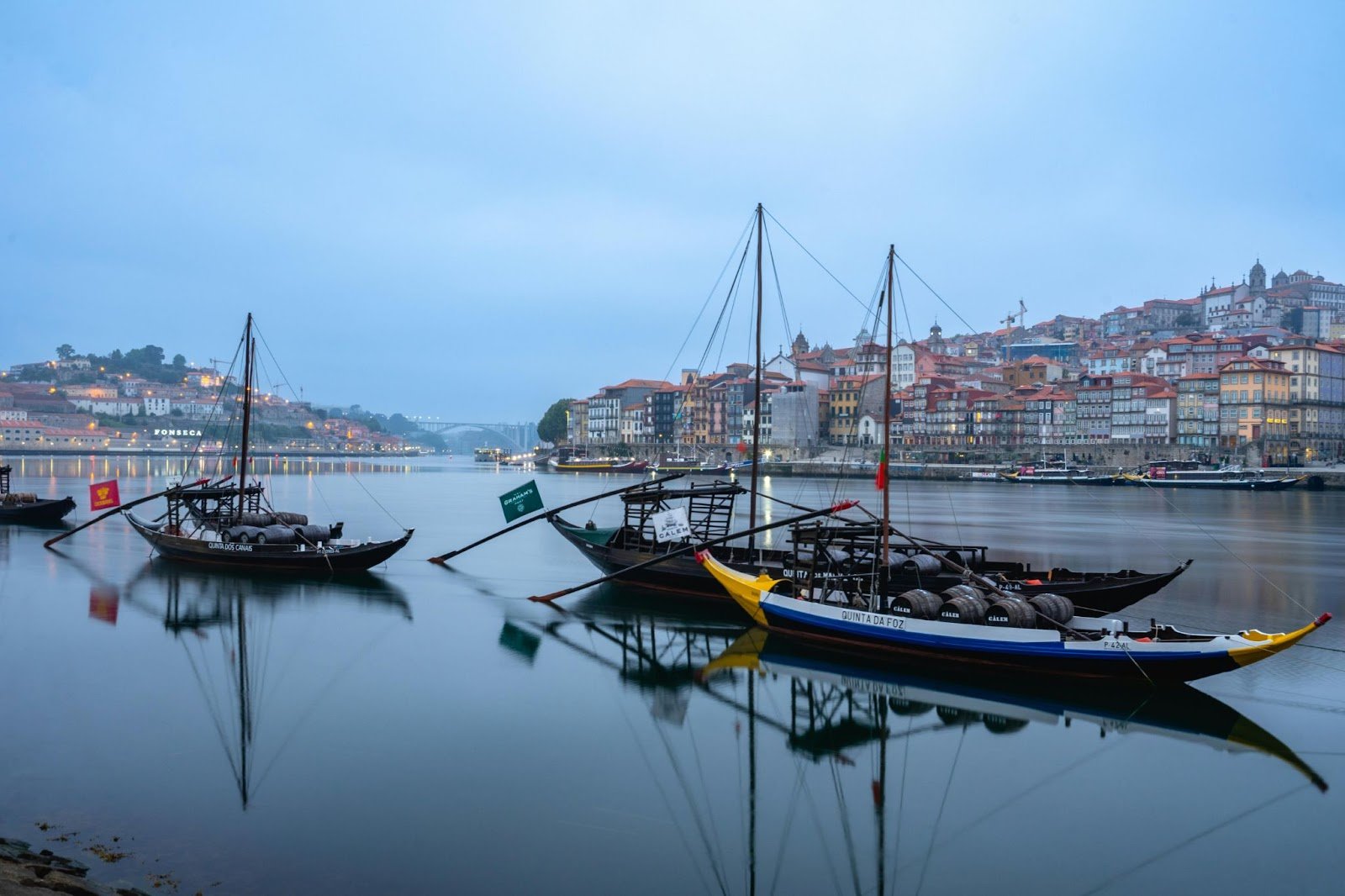
You didn’t just book a tour—you signed up for an adventure with built-in friends. Here’s how to turn strangers into travel buddies and ordinary moments into lifelong memories.
Interacting With Fellow Travelers
Small groups attract interesting people—if you know how to connect:
- Break the ice early: Share a pasteis de nata on the first morning
- Find common ground: “Where else have you traveled?” works better than “What do you do?”
- Respect boundaries: Not everyone wants to be best friends (but most do)
Pro tip from my tour guide days: The solo traveler often knows the best stories—sit next to them at dinner.
Group Dynamics That Work
✓ Split off in pairs for free exploration
✓ Start a WhatsApp group for sharing photos
✓ Designate a “last call” person so no one gets left behind
Engaging With Local Guides
Your guide is a goldmine—if you dig right:
- Ask specific questions: “What’s your favorite hidden café?” beats “Tell me about Lisbon”
- Learn their pet peeves: Some hate when people call port “sherry” (it’s a thing)
- Tip appropriately: €5-10 per day shows real appreciation
True story: My best Porto restaurant recommendation came from a guide’s cousin’s friend—three degrees of separation pays off.
Embracing Spontaneous Moments
The magic happens off-script:
- Say yes to that unplanned vineyard stop
- Follow locals when they invite you to a neighborhood festa
- Laugh when your Douro Valley picnic gets rained on (the wine still tastes great)
My favorite memory: Getting adopted by a Lisbon grandmother who taught our group to make caldo verde soup. The tour company never mentioned that in the brochure.
Capturing Memories Responsibly
Balance documentation with actual living:
- Phone down first: Experience the moment, then photograph
- Ask permission before snapping locals (markets, fishermen, etc.)
- Collect sensory memories: The smell of roasting chestnuts, the sound of fado music
Photo Do’s & Don’ts
| Do | Don’t |
| Get up early for crowd-free shots | Block alleys for Instagram poses |
| Photograph food before eating | Use flash in ancient churches |
| Ask guides for photogenic spots | Miss the view because you’re editing |
Final thought: The best souvenir? The WhatsApp group that stays active for months after the trip ends.
BONUS TIP: The Power of the “Pre-Tour Coffee”
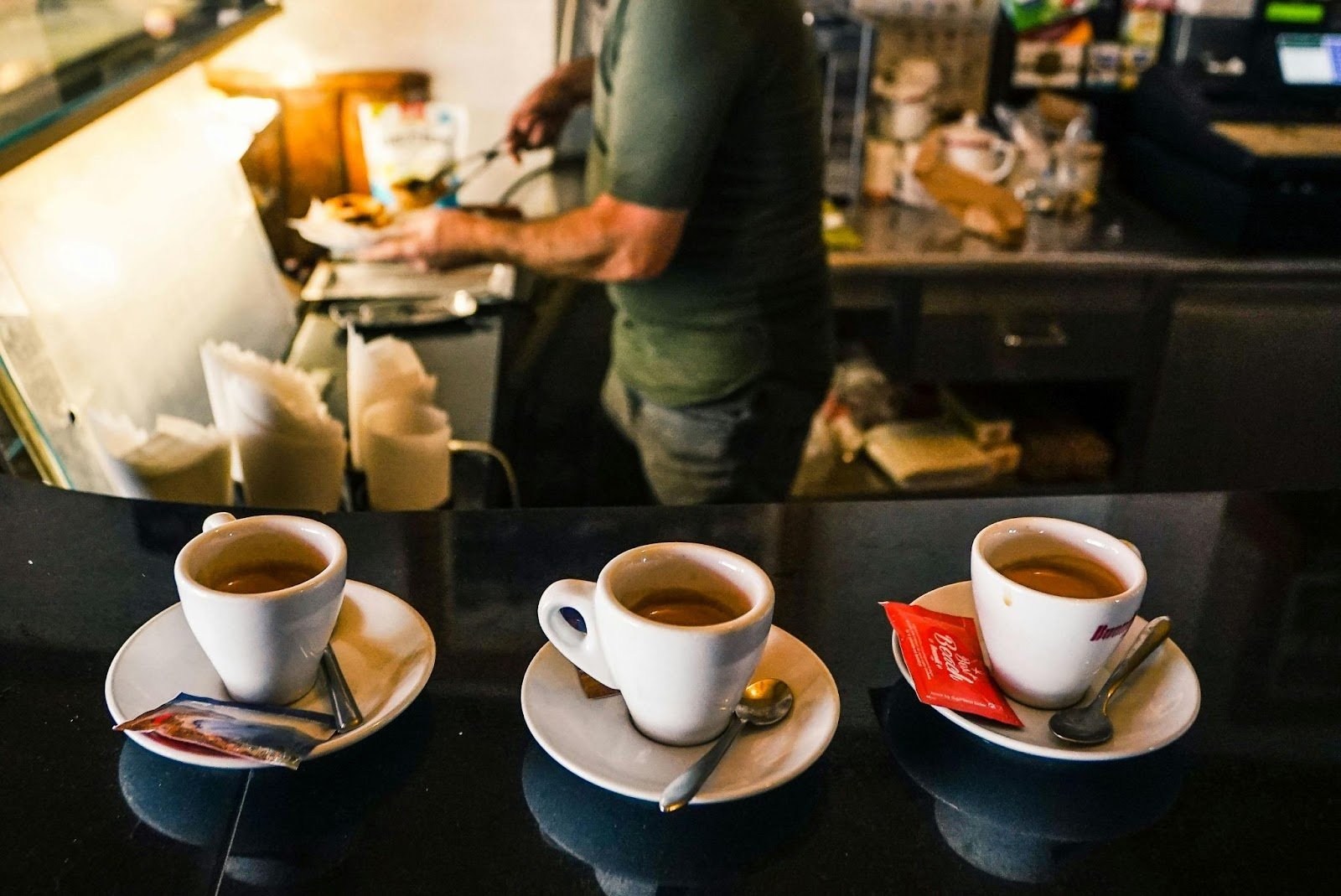
Here’s a game-changer most travelers miss: Arrive a day early and invite your soon-to-be tour mates for coffee.
Why it works:
- Find your “tour bestie” before Day 1
- Guides often join—giving you insider intel
- Lets you adjust to the time zone with new friends
How to make it happen:
- Message the tour company 2 weeks prior asking them to share your invite with the group
- Pick a café near the starting hotel (I love Lisbon’s Fábrica Coffee Roasters)
- Keep it casual: “I’ll be at the corner table with a custard tart at 4PM—join if you’d like!”
Real result from my last trip: Our coffee group of 5 ended up renting a boat together in the Algarve after the tour ended. That’s the magic of starting early.
Cost: €3 (price of a bica espresso)
Reward: Priceless head start on friendships
FAQs About Small Group Tours in Portugal
1. Are small group tours worth the extra cost?
Absolutely. You’re paying for access, not just sights. Private castle courtyards, vineyard owners who actually chat with you, and guides who remember your coffee order don’t happen on big bus tours.
2. How do I handle dietary restrictions?
Tell the tour company when booking. Portugal’s surprisingly accommodating—I’ve seen gluten-free pastéis de nata and vegan bacalhau (yes, really).
3. Can solo travelers feel comfortable?
More than comfortable—you’ll be adopted. About 40% of small group travelers come alone. Rooms are usually twin-share unless you pay a single supplement.
4. What if I’m the slowest walker in the group?
Good guides adjust. On my photography tour, we had a 70-year-old who needed breaks—the guide secretly planned them at the best photo spots.
5. Are tips really expected?
Yes, but reasonably. Budget €5-10/day for guides, €1-2 for drivers. Tip in cash at the end—preferably with a heartfelt handshake.
Final Thoughts: Why Portugal Shines in Small Groups
Portugal wasn’t meant to be rushed through with 50 strangers. Its soul lives in:
- The baker who teaches you to sprinkle cinnamon just so
- The fisherman who pulls your group into an impromptu dockside lunch
- The hidden miradouro (viewpoint) that fits only your small crew at sunset
You’ll come for the sights, but you’ll remember the moments that couldn’t be scheduled.
Now it’s your turn:
What’s the one Portuguese experience you’d want to share with a handful of like-minded travelers? A fado night where the singer locks eyes with you? The first bite of a still-warm custard tart? The Atlantic breeze as you crest a coastal trail?
Pack light, arrive curious, and let Portugal work its small-group magic. The cobblestones are waiting.
Boa viagem! (That’s “Have a good trip!”—see, you’re learning already.)

